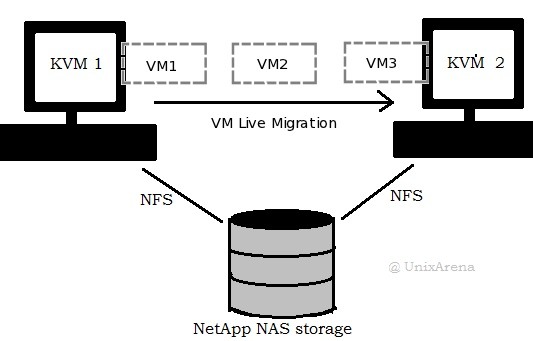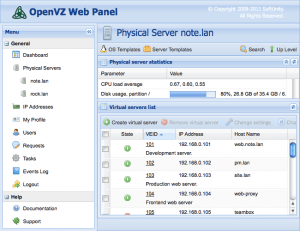How Does KVM Live Migration Work?
When we talk about server virtualization, one of the key tools that helps ensure uninterrupted operation and load balancing is KVM live migration. This technology allows you to move virtual machines (VMs) between physical hosts without service downtime. Let’s figure out how this happens.
How does KVM live migration work? It all starts with each virtualization host having a dataset about the state of the virtual machines. When the live migration mechanism is enabled, this dataset is synchronized between the hosts to ensure the continuity of VMs during their movement.
The live migration process begins with a preparation phase, during which VM activity is blocked on the source host and its current state is copied. After that, this state is transferred to the target host and the VM is started in the new location. One of the key points in the process is to minimize service downtime and maintain data consistency.
The main components that ensure the operation of KVM live migration are QEMU (end user), KVM (hypervisor), and libvirt (virtualization management). Together, they provide the necessary infrastructure for the safe and efficient movement of VMs between hosts.
In conclusion, KVM live migration is an important tool for ensuring high availability and fault tolerance in virtualized environments. Understanding the principles of this technology will help you effectively manage your virtual environments and solve any problems that arise.





